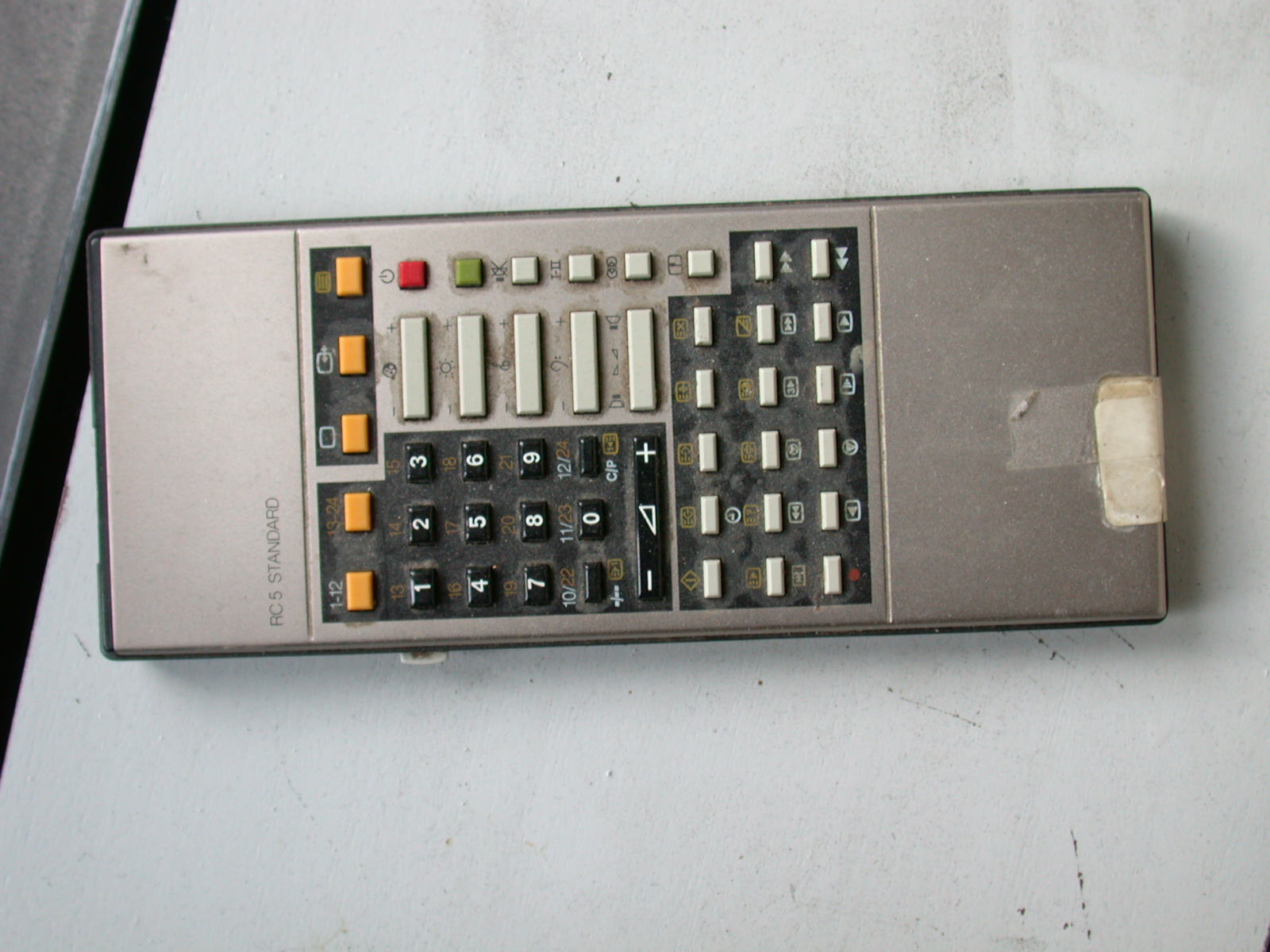How Fast can you Go?
작성자 정보
- Deb 작성
- 작성일
본문

These manufacturers all agree on the meaning of the standard, and their practice is in widespread use. Now being used commonly in the pro audio industry to control digital audio and signal processors such as the DBX driverack and other manufacturers equivalent products. 3V, and when a binary 1 is being transmitted, the voltage must be more negative than -3V. Care must be taken that an SC connection, especially over long cable runs, does not result in an attempt to connect disparate grounds together - it is wise to add some current limiting to the SC connection. They will usually add some hysteresis to the receiver to reduce its sensitivity to noise, but biasing will decrease the receivers noise sensitivity. With no driver connected, the differential voltage on the wires will depend on the termination resistor and biasing. If CAT-5 (100 Ω cable) cable is used, the termination resistors should be 100 Ω. In RS-485, the receiver's internal biasing will be such that the "receiver will remain in the intended binary state when a differential voltage (VR3) of ±0.40 V is applied through matched resistors equal to 1500/nUL 1/2 to each input terminal, as shown in figure 13, with the input voltages VR1 and VR2 (and resulting VR3) to achieve any allowed input condition.".
This way, the lines will be biased to known voltages and nodes will not interpret the noise from undriven lines as actual data; without biasing resistors, the data lines float in such a way that electrical noise sensitivity is greatest when all device stations are silent or unpowered. Half of the conductors in a 50 way cable are ground return wires. The first time is in the total load limit stating that the total load limit of the network including fail-safe provisions, should be no less than 54Ω. This implies that the fail-safe provisions are resistance external to the receiver. In a RS-485 cable, data typically flows in both directions along any particular wire, sometimes from the "A" of the first device to the "A" of the second device, and at a later time from the "A" of the second device to the "A" of the first device. I.e. only one device can talk to the other devices on the RS-485 network at a time. This implementation is very similar to a 4-wire RS-422 network.
RS-485 and RS-422 can interoperate with certain restrictions. When an RS-485 driver gets its data directly from a UART (with no added inversion), you would expect the "A" and "B" wires to match the voltages in the RS-485 standard for the voltages on the wires, but they will not (unless the driver inverts its input). Lower voltage drivers are now available to allow operation from battery powered devices and the open circuit voltages may be lower than ±12V. RS-485 is also used in building automation as the simple bus wiring and long cable length is ideal for joining remote devices. Section 3.2 clearly states that "The maximum length of the cable is not defined". The RS-232 standard does not include a line length limit, but practical limits of the electrical signal levels prevent long lengths. A higher value termination resistor will reduce the DC losses associated with extreme line lengths, allowing for much longer line lengths at the cost of ringing on the wires. The cable's length, impedance, terminations, stub lengths, and data rate will all have an impact on signal quality.
If the can't, try reducing the bit rate. In this case your best bet for defining how long the cable can be is to try it. The two values provide a sufficient margin for a reliable data transmission even under severe signal degradation across the cable and connectors. Under some conditions it can be used up to data transmission speeds of 64 Mbit/s. Although many applications use RS-485 signal levels, the speed, format, and protocol of the data transmission are not specified by RS-485. 3V (referenced to the signal common wire). This was done since this protocol is a very common bit format used with serial communications. Neither standard includes any of the OSI model layer two, where the bit framing protocol resides. The physical layer may include a connector, wires, and electrical levels, but does not include the bit and framing protocol of the UART. RS-485 serves as a physical layer for the AES3 digital audio interconnect. The RS-232, RS-422, and RS-485 standards are not comprehensive communications protocols, but are electrical layer standards that are intended to be used in conjunction with other standards. It does not mean that this protocol is part of the standards or that only this protocol may be used with the 232/422/485 standards.
If you have any queries relating to the place and how to use RS485 standard, you can contact us at our own web site.
관련자료
-
이전
-
다음
